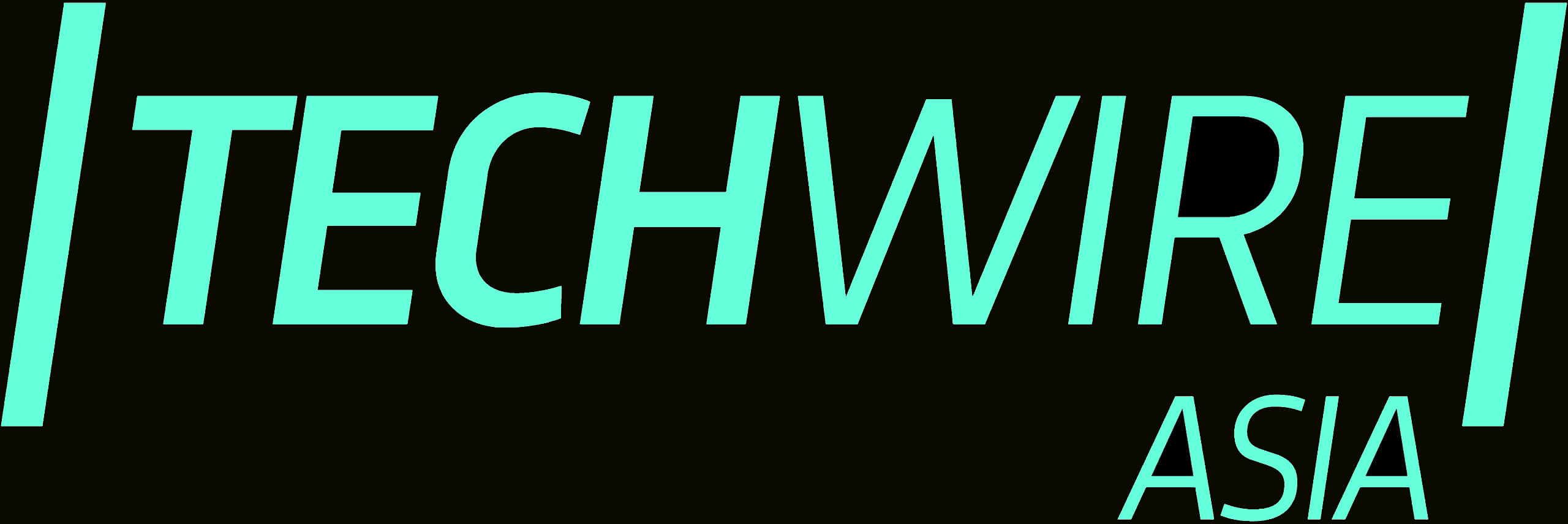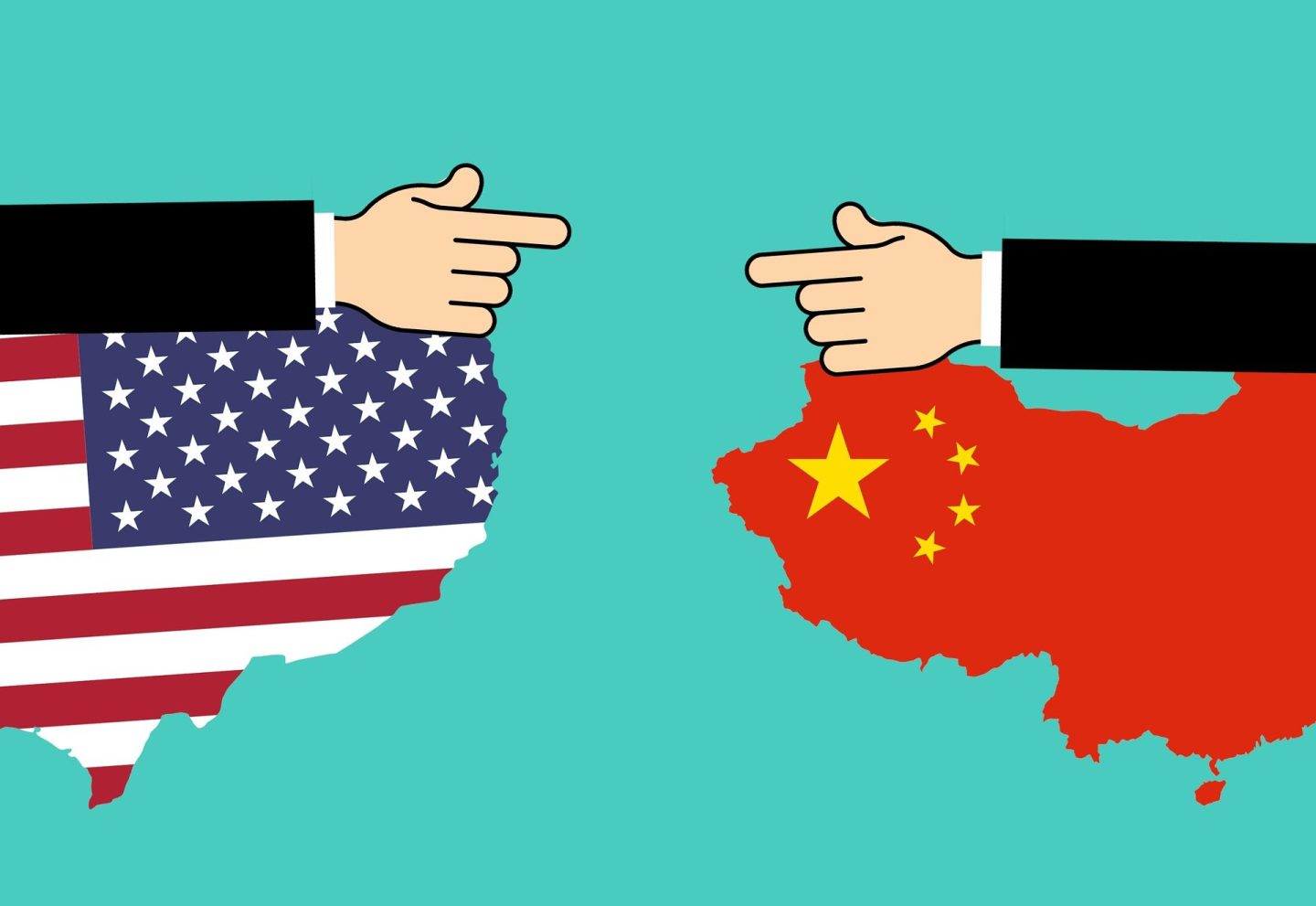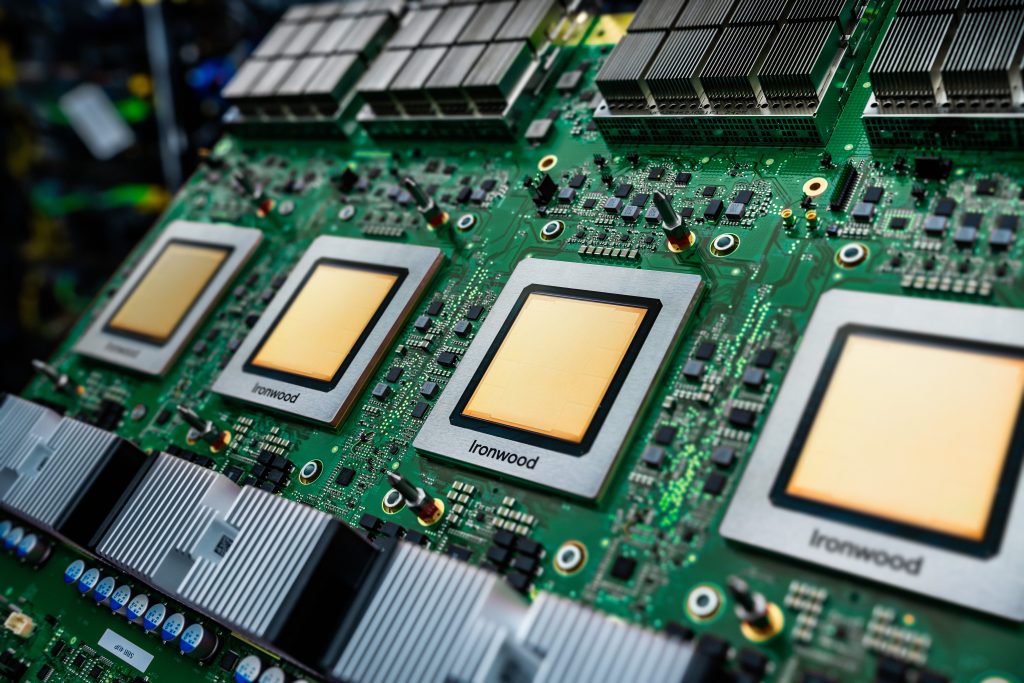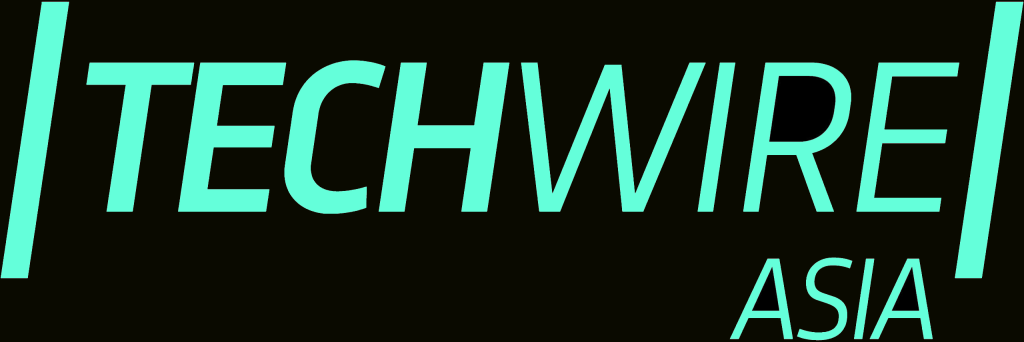- China is closing the gap with the US in AI technology advancements.
- DeepSeek’s open-source models demonstrate improvements through algorithmic efficiency.
The artificial intelligence race between China and the United States has entered a new phase as Chinese companies narrow the technology gap despite Western sanctions.
According to Lee Kai-fu, CEO of Chinese startup 01.AI and former head of Google China, the gap in core technologies has shrunk from “six to nine months” to “probably three months,” with China actually pulling ahead in specific areas like infrastructure software engineering. The Chinese AI startup DeepSeek has become the epicentre of the intensifying technological rivalry.
On January 20, 2025, while the world’s attention was fixed on Donald Trump’s inauguration, DeepSeek quietly launched its R1 model – a low-cost, open-source, high-performance large language model with capabilities reportedly rivalling or surpassing OpenAI’s ChatGPT-4, but at a fraction of the cost.
“The fact that DeepSeek can figure out the chain of thought with a new way to do reinforcement learning is either catching up with the US, learning quickly, or maybe even more innovative now,” Lee told Reuters, referring to how DeepSeek models show users their reasoning process before delivering answers.
Innovative efficiency: China’s response to chip sanctions
DeepSeek’s achievement is particularly notable because it emerged despite US restrictions on advanced processor chip exports to China. Instead of being hampered by international limitations, Chinese companies have responded by optimising efficiency and compensating for lower-quality hardware with quantity.
The adaptive approach was demonstrated further on March 25, 2025, when DeepSeek upgraded its V3 large language model. The new version, DeepSeek-V3-0324, features enhanced reasoning capabilities, optimised front-end web development, and upgraded Chinese writing proficiency. DeepSeek-V3-0324 significantly improved in several benchmark tests, especially in mathematics and coding. Häme University lecturer Kuittinen Petri highlighted the significance of these advancements, stating on social media:
“DeepSeek is doing all this with just [roughly] 2% [of the] money resources of OpenAI.” He added that when he asked the new model to “create a great-looking responsive front page for an AI company,” it produced a mobile-friendly, properly functioning website after coding 958 lines.
Global market implications
The impact of China’s AI advances extends beyond technological achievement to financial markets. When DeepSeek launched its R1 model in January, America’s Nasdaq plunged 3.1%, while the S&P 500 fell 1.5%, demonstrating the wider economic significance of technological competition.
The AI race presents opportunities and challenges for Asia and other regions. China’s low-cost, open-source model could help emerging economies develop AI innovation and entrepreneurship. It also pressures closed-source firms like OpenAI to reconsider their stance.
Meanwhile, both superpowers are making massive investments in AI infrastructure. The Trump administration has unveiled the $500 billion Stargate Project, and China is projected to invest more than 10 trillion yuan (US$1.4 trillion) into technology by 2030.
A double-edged sword for global technology
The US-China tech rivalry risks deepening global divides, forcing nations to navigate growing complexities. Countries face difficult questions: How can they manage research partnerships with China without jeopardising collaboration with US institutions?
How can nations reliant on Chinese materials and exports avoid Chinese technologies? South Korea, the world’s second-largest producer of semiconductors, labours with this dilemma. In 2023, it became more dependent on China for five of the six important raw materials needed for chip-making. Major firms like Toyota, SK Hynix, Samsung, and LG Chem remain vulnerable due to Chinese supply chain dominance. And, the climate implications of this AI race are significant.
According to the Institute for Progress, maintaining AI leadership will require the United States to build five-gigawatt clusters in the next five years. By 2030, data centres could consume 10% of US electricity, more than double the 4% recorded in 2023.
The path forward
As the AI landscape evolves, DeepSeek’s arrival has challenged the assumption that US sanctions were constraining China’s AI sector. Washington’s semiconductor sanctions have proven to be what Lee Kai-fu calls a “double-edged sword” that created short-term challenges and forced Chinese firms to innovate under constraints.
The rapid development of Chinese AI has reignited debates over US chip export controls. Critics argue that the present restrictions have accelerated China’s domestic innovation, as evidenced by DeepSeek’s development and improving capabilities.
China is demonstrating remarkable resilience and innovation in the face of restrictions. As DeepSeek prepares to launch its R2 model potentially early, the technology gap continues to narrow.








